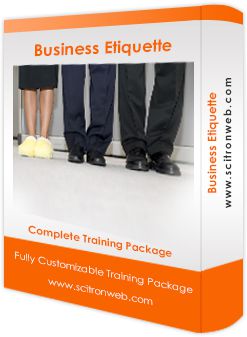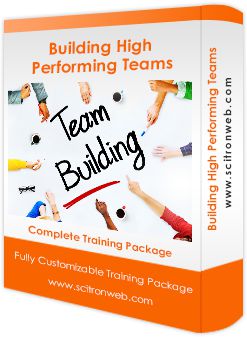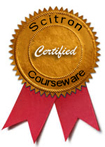Debriefing a game or activity is the point where the less skillful trainer may try to “save time” in the training day by cutting it short and moving on to the next item. Don’t do it. Don’t be that trainer.
A lot has been written about properly debriefing interactive learning events for a good reason. There is much to be said about this topic and debriefing is critical to establishing and reinforcing the learning and really solidifying the value of your training game or activity. Also talking about what has just happened is important not only to bring the learning into focus but also to take advantage of peer pressure toward positive change.
How to do it?
First of all, right after the game, it’s recommended moving yourself and your participants physically and mentally into the debrief by doing the debrief in an area separate from the game-playing area. Just a slight move to the back, or the side, of the training room or the game playing area would work fine. The main reason for this recommended physical move is that it gives both yourself a chance to clear your mind and get into the “debriefing mode” and give your participants as well a chance to collect their thoughts and transition from the game to the debrief.
The debrief does not necessarily have to take a long time. It should provide enough time for a full review of and reflection upon the major dynamics of the game. It’s important to keep the discussions to the point and moving along, but not hurried. You should try to emphasize meaning and application of the learning more than just a repeating of what happened.
If you noticed certain unproductive behaviors being used during the game or activity that were not brought up by any of the participants in the debrief, be sure to insert a question or two in your debriefing that addresses these behaviors and have participants discuss them. If the game took a long time and you feel that participants need a break, it is best to take the break first and debrief afterwards.
What should your game or activity debrief include?
A good game or activity debrief should follow the old training maxim, “what, so what, and now what” which is an excellent general guideline as it allows you to make sure you review what happened in the game, then discuss the significance of those happenings and finally, have your participants plan how they can apply the what was learned.
Your role throughout the debrief is to guide the conversation, draw out quiet members and explore what happened and how participants feel after the game/activity and how they can relate this to their work environment. The best way to do this is by taking your participants through a series of guided questions. Below is a list of major debrief questions as well a list of key points under each question to ensure you cover all areas of your game/activity comprehensively.
1. What Happened?
• How did you begin?
• Roles and responsibilities
• Easy vs. difficult
• Any conflict?
2. How Do You Feel?
• Positives? Negatives?
• Frustrations, disappointments
• Satisfactions, successes
• Other reactions
3. What Did You Learn?
• What worked? What didn’t?
• Cooperation, competition
• Communication issues
• Any “do differentlies?”
4. How Does This Relate?
• To your job?
• Your department?
• Your company?
• To our training purpose?
5. Where Do You Go from Here?
• Applications?
• Further information?
• Comments, questions, concerns?
You may choose to list only the four or five key questions on a flip chart page. For longer, more complicated debriefs, you will want to list key points under each major debriefing question. You can put each focus question at the top of a separate flip chart page and under each, put a few bullet points related to that game/activity.





















